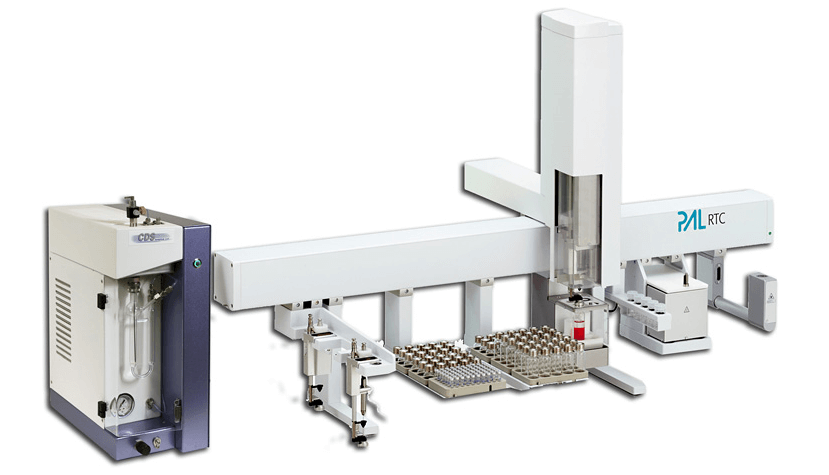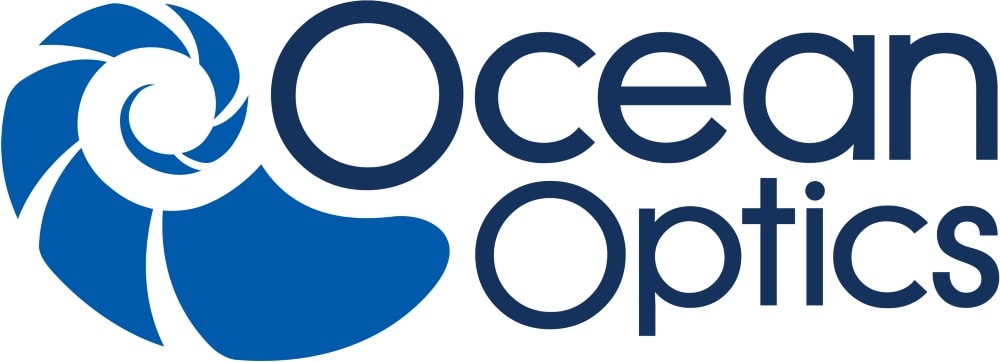Abstract
The CDS 7000C is the industry’s first Purge and Trap concentrator seamlessly integrated with the PAL system. This application note demonstrated the analytical performance of the Dynamic Headspace Module as an option in the CDS 7000C purge and trap system, by following the soil sample testing scheme defined in the EPA Method 8260.

Introduction
Purge and Trap technique was first brought up in the 60s by Zlatkis et al in response to the Clean Water Act. This technique still remains today as the most sensitive method in extracting and concentrating volatile organic compounds (VOC) from liquids and solids to Gas Chromatograph (GC). The modern Purge and Trap process involves purging the sample with an inert gas in a sealed environment (sparge vessel) at the appropriate temperature. The gas going through the sample will establish thermal equilibrium with VOCs in the sample, therefore transferring the VOCs from an aqueous state to a vapor. After eliminating the moisture through the wet trap, the gas is then swept to an analytical trap that absorbs and retains the VOCs, where they are transferred to the GC/MS for separation and quantification.





